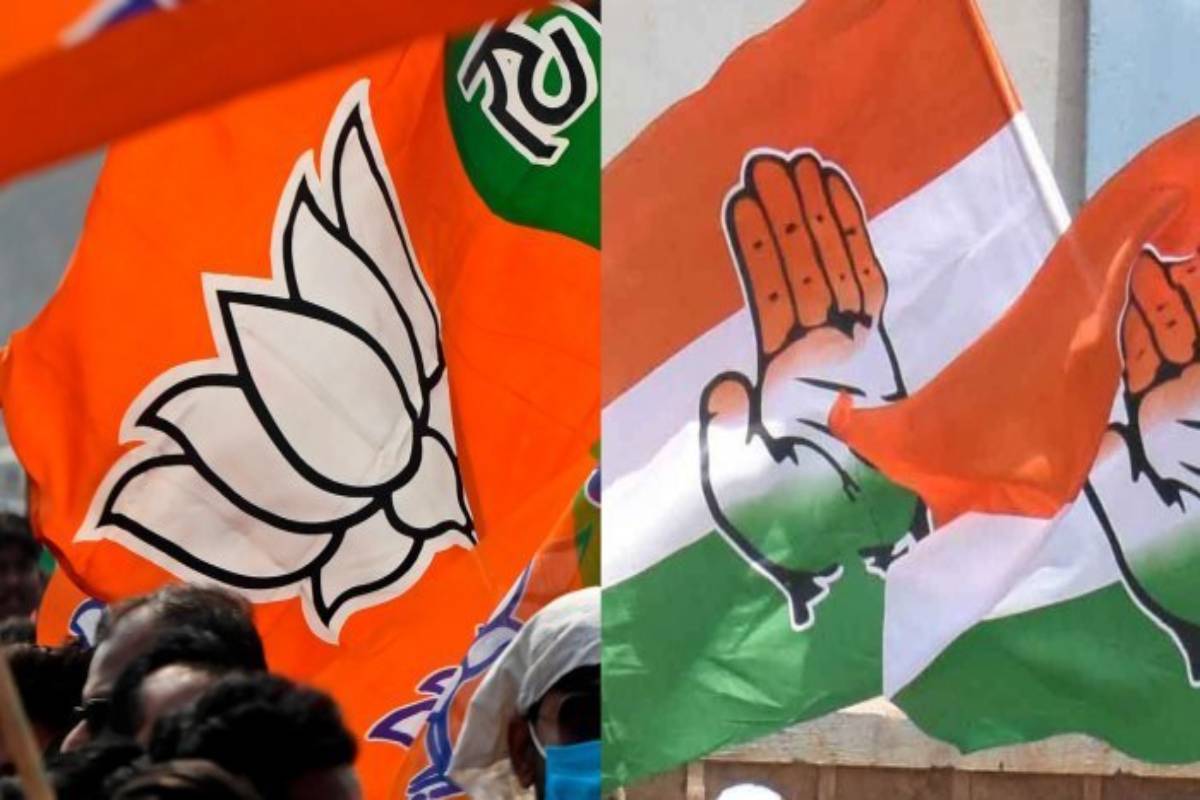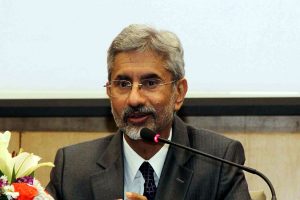Major political players — the Congress and the BJP — are locked in a fierce battle to establish their presence in the predominantly Christian state of Mizoram, a region historically dominated by regional parties.
The saffron party has fielded candidates for 23 assembly seats in the state, while the Congress, out of power for more than a decade, is grappling with challenges to regain its prominence.
Advertisement
On the other hand, the Mizo National Front (MNF), in power for the past decade, is combating anti-incumbency sentiments and openly criticizing its ally, the BJP, in an attempt to regain its lost ground on the fronts of regionalism and Mizo unity.
Complicating the electoral landscape is the entry of the Zoram People’s Movement (ZPM), which has nominated 40 candidates for the state polls. With ZPM announcing its candidates for all seats and its leader, Lalduhoma, contesting from the Serchip constituency, where he previously won a by-election, the state election now promises a three-way contest.
In the 2018 polls, both the Congress and MNF contested all 40 seats, with the MNF securing 28 seats and the Congress claiming the remaining five seats. The BJP, however, contested 39 seats, but managed to win only one seat, while ZPM candidates, running as independents, secured six seats.
Mizoram has witnessed a cyclical rule between the Mizo National Front and the Congress since its establishment as a state in 1987 after years of insurgency.
Political analysts suggest that the MNF, led by Zoramthanga, holds a slight advantage in this election, although the Zoram People’s Movement is expected to play a significant role in the upcoming polls. ZPM, which initially emerged as an alliance of six parties before consolidating into a single entity, has gained political prominence, particularly in urban areas, and aims to make a strong showing across the state.
Mizoram boasts an overwhelmingly Christian population, with nearly 87 per cent of its people adhering to the faith. Besides sharing ethnic bonds with the Kuki-Zo tribes in Manipur, who are in conflict with the Meiteis, the Mizos also share a religious connection with them. Recent reports of violence against churches in Manipur have strained the already limited support for the BJP in Mizoram. Many Mizos perceive the BJP as anti-Christian, although there is potential for the party to gain traction among minority communities.
Notably, the public rejection by MNF chief Zoramthanga of sharing a platform with Prime Minister Narendra Modi during his campaign in the hill state has exacerbated tensions between the two allies.
In the previous assembly elections, the majority of the BJP’s 39 candidates secured third, fourth, or fifth place, except for the winner in Tuichawng and the runners-up in West Tuipui and Palak. This time, the party has pruned its candidate count to 23, focusing on areas with significant minority populations.
The party also hopes to capitalize on long-standing anti-incumbency sentiment stemming from the decades-long Congress-MNF bipolar political struggle in the state, characterized by one party’s ten-year rule followed by the other.
The BJP’s strategy is to position itself as a “national alternative” during its tenure, counterbalancing the “regional alternative” provided by the MNF. However, the BJP’s national image related to its push for Hindutva ideology is a matter of apprehension in a Christian-majority state. In an effort to mitigate these concerns, the BJP is emphasizing its commitment to central government schemes, with hopes of dispelling skepticism about the party.
Mizoram will go to polls on November 7 and results will be announced on December 3.











